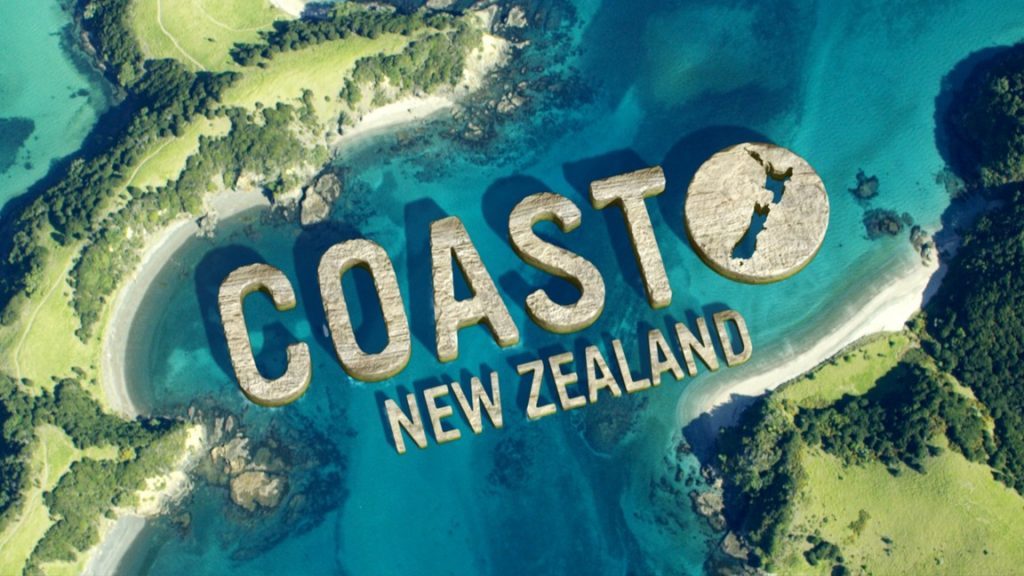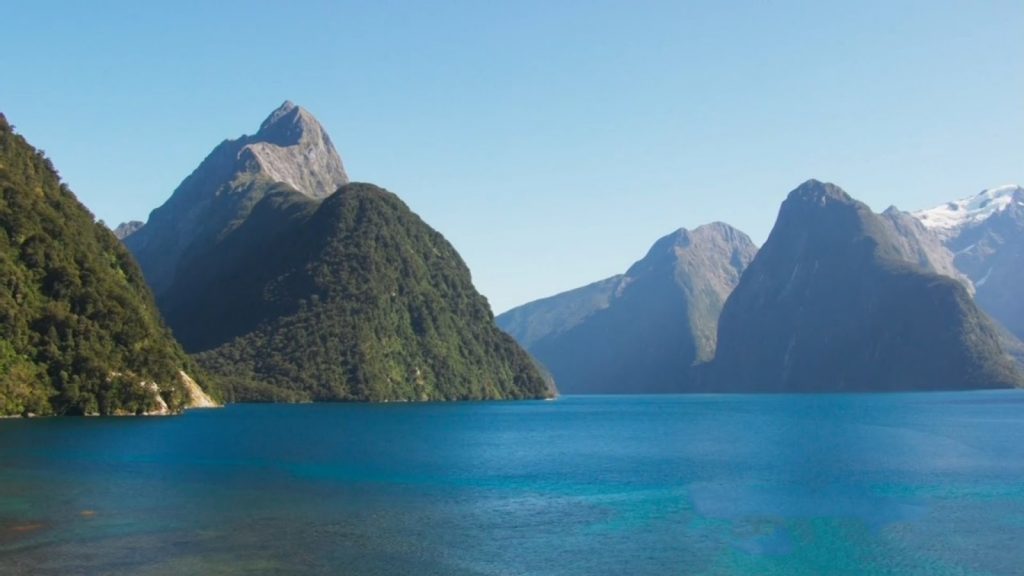Simon Reeve’s Return to Cornwall: Simon Reeve is back to visit one of Britain’s favourite counties to discover what life is really like for the locals after the summer crowds have gone. Filmed as the energy and cost-of-living crisis began to take its toll, this is an eye-opening look at why Cornwall is one of the most desirable parts of the country and an iconic holiday destination but also one of the poorest counties in England.
In the hour long special, Simon will also investigate how communities, businesses and industries in Cornwall are faring under the cost of living crisis. Two years ago, Simon came to Cornwall during the summer that fell between pandemic lockdowns and got under the skin of what makes Cornwall one of the most desirable parts of the country and an iconic holiday destination, but also one of the poorest counties in England. Once again, he meets some extraordinary and inspirational characters, as well as some familiar faces, who make Cornwall so unique.
Simon Reeve’s Return to Cornwall
Welcome to Cornwall, a beautiful and enchanting county located in the southwestern tip of England. Known for its stunning coastline, picturesque fishing villages, and rich history, Cornwall has long been a popular destination for tourists seeking a unique and memorable vacation. In this article, we’ll explore the geography, history, culture, and tourist attractions of Cornwall, as well as provide you with some tips on accommodations, dining, and transportation. So, let’s dive right into the magical world of Cornwall!
Geography and Climate
Geographical Features
Cornwall is a peninsula bordered by the Atlantic Ocean to the north and west, the English Channel to the south, and the River Tamar to the east, which separates it from the neighboring county of Devon. Cornwall’s landscape is characterized by a mix of rugged cliffs, sandy beaches, rolling hills, and wild moorland. The highest point in Cornwall is Brown Willy, standing at 1,378 feet (420 meters) above sea level.
Climate of Cornwall
Cornwall enjoys a temperate maritime climate with mild, wet winters and warm, sunny summers. The Gulf Stream’s warming influence provides Cornwall with milder temperatures compared to other parts of the UK. The average temperature in Cornwall ranges from 45°F (7°C) in winter to 65°F (18°C) in summer, with rainfall spread evenly throughout the year.
A Brief History of Cornwall
Ancient History
The history of Cornwall dates back thousands of years, with the first settlers arriving during the Mesolithic period, around 10,000 years ago. The landscape is dotted with ancient monuments and structures, including stone circles, barrows, and hill forts, which provide a fascinating glimpse into Cornwall’s prehistoric past.
Middle Ages
During the Middle Ages, Cornwall was known for its tin and copper mining industry, which played a significant role in the region’s economy. At this time, Cornwall maintained a level of independence from the rest of England, with its own language, customs, and governance.
Modern History
The industrial revolution brought significant changes to Cornwall, with mining and fishing industries declining, and the emergence of tourism as a major economic driver. Today, Cornwall is a thriving tourist destination, attracting millions of visitors each year.
Cornish Culture and Traditions – Simon Reeve’s Return to Cornwall
Language and Literature
Cornish, a Celtic language closely related to Welsh and Breton, was once widely spoken in Cornwall. Although it nearly became extinct in the 18th century, efforts to revive the language have gained momentum in recent years, and it is now recognized as a minority language in the UK. Cornwall has a rich literary tradition, with famous writers such as Daphne du Maurier, who set many of her novels in the region.
Music and Dance
Cornwall has a vibrant music scene that includes traditional Cornish folk music, sea shanties, and modern genres. Festivals like the Looe Music Festival and Boardmasters showcase a mix of local talent and international acts. Traditional Cornish dance, known as “Nos Lowen,” is still performed at local events and gatherings, keeping the cultural heritage alive.
Cuisine
Cornish cuisine is a delightful blend of local ingredients and traditional recipes. Fresh seafood, dairy products, and vegetables are staples in the Cornish diet. Some of the most famous dishes include the Cornish pasty, a savory pastry filled with meat and vegetables, and the deliciously sweet Cornish clotted cream, often served with scones and jam.
Top Tourist Attractions in Cornwall – Simon Reeve’s Return to Cornwall
Natural Wonders
Cornwall’s coastline stretches for over 400 miles (640 kilometers), offering a variety of breathtaking landscapes, from dramatic cliffs to secluded coves. Some must-see natural attractions include the Eden Project, an innovative environmental center with massive biomes housing diverse plant life; Land’s End, the westernmost point of mainland England; and the Lizard Peninsula, home to stunning coastal scenery and rare wildlife.
Historical Sites
History buffs will find no shortage of fascinating sites to explore in Cornwall. Tintagel Castle, reputedly the birthplace of King Arthur, offers stunning views and a rich history. St. Michael’s Mount, a tidal island with a medieval castle and a charming village, is another must-see. Additionally, visitors can explore the remnants of Cornwall’s mining heritage at the UNESCO World Heritage Site of the Cornwall and West Devon Mining Landscape.
Family-friendly Activities
Cornwall offers plenty of attractions and activities for the whole family to enjoy. Newquay Zoo, the National Maritime Museum Cornwall, and the Lost Gardens of Heligan are just a few of the many family-friendly options available. Children and adults alike will enjoy exploring the Pirate’s Quest, an interactive pirate-themed attraction in Newquay.
Outdoor Activities in Cornwall – Simon Reeve’s Return to Cornwall
Hiking and Walking
Cornwall’s diverse landscape offers a wide range of walking and hiking opportunities, from coastal paths to moorland trails. The South West Coast Path, which runs for over 600 miles (960 kilometers) along the coastline, provides some of the most scenic walks in the region.
Water Sports
The rugged coastline and pristine beaches make Cornwall an ideal destination for water sports enthusiasts. Surfing, kayaking, sailing, and paddleboarding are just a few of the many activities available. Popular surf spots include Fistral Beach, Polzeath, and Porthtowan.
Wildlife Watching
Cornwall’s unique ecosystem supports a wide range of flora and fauna. Visitors can spot seals, dolphins, and even basking sharks along the coastline, while birdwatchers will find an abundance of species in the region’s wetlands and coastal cliffs.
Accommodations and Dining
Cornwall offers a variety of accommodations to suit every budget, from luxury hotels and quaint bed & breakfasts to self-catering cottages and campsites. As for dining, visitors can enjoy a wide range of options, from traditional Cornish pubs and cozy cafes to fine dining restaurants and seafood shacks.
Transportation and Accessibility
Cornwall is well-connected to the rest of the UK by road, rail, and air. The main railway line connects Cornwall to London and other major cities, while regional airports like Newquay Cornwall Airport offer domestic flights. Within Cornwall, a network of bus and train services provide convenient transportation between towns and villages. For those who prefer to drive, car rental services are widely available, and the scenic roads offer a great way to explore the region at your own pace.
Cornwall is a captivating destination, rich in history, culture, and natural beauty. With its stunning coastline, vibrant traditions, and plethora of attractions and activities, there’s something for everyone in this enchanting corner of England. So, whether you’re seeking adventure, relaxation, or a chance to immerse yourself in the local culture, Cornwall awaits your discovery.
Frequently Asked Questions
- What is the best time of year to visit Cornwall?The best time to visit Cornwall is between May and September, when the weather is warm and sunny. However, be prepared for occasional rain showers, as the weather can be unpredictable.
- Do I need a car to get around Cornwall?While public transportation is available, having a car provides greater flexibility for exploring the region at your own pace. Many attractions and scenic locations may be difficult to reach by public transportation.
- What currency is used in Cornwall?As Cornwall is part of the United Kingdom, the currency used is the British Pound (GBP).
- Is Cornwall suitable for a family vacation?Yes, Cornwall offers plenty of family-friendly attractions and activities, making it an ideal destination for a family vacation.
- Can I take a day trip to the Isles of Scilly from Cornwall?Yes, you can take a day trip to the Isles of Scilly by ferry from Penzance or by helicopter from Penzance and Land’s End. The journey offers stunning views and an opportunity to explore the unique beauty of this island group.
In this video: Simon Reeve’s Return to Cornwall you also find answers to this questions:
- What is the best time to visit Cornwall?
- Do I need a car to get around Cornwall?
- What currency is used in Cornwall?
- Is Cornwall suitable for a family vacation?
- Can I take a day trip to the Isles of Scilly from Cornwall?
- What are the top tourist attractions in Cornwall?




